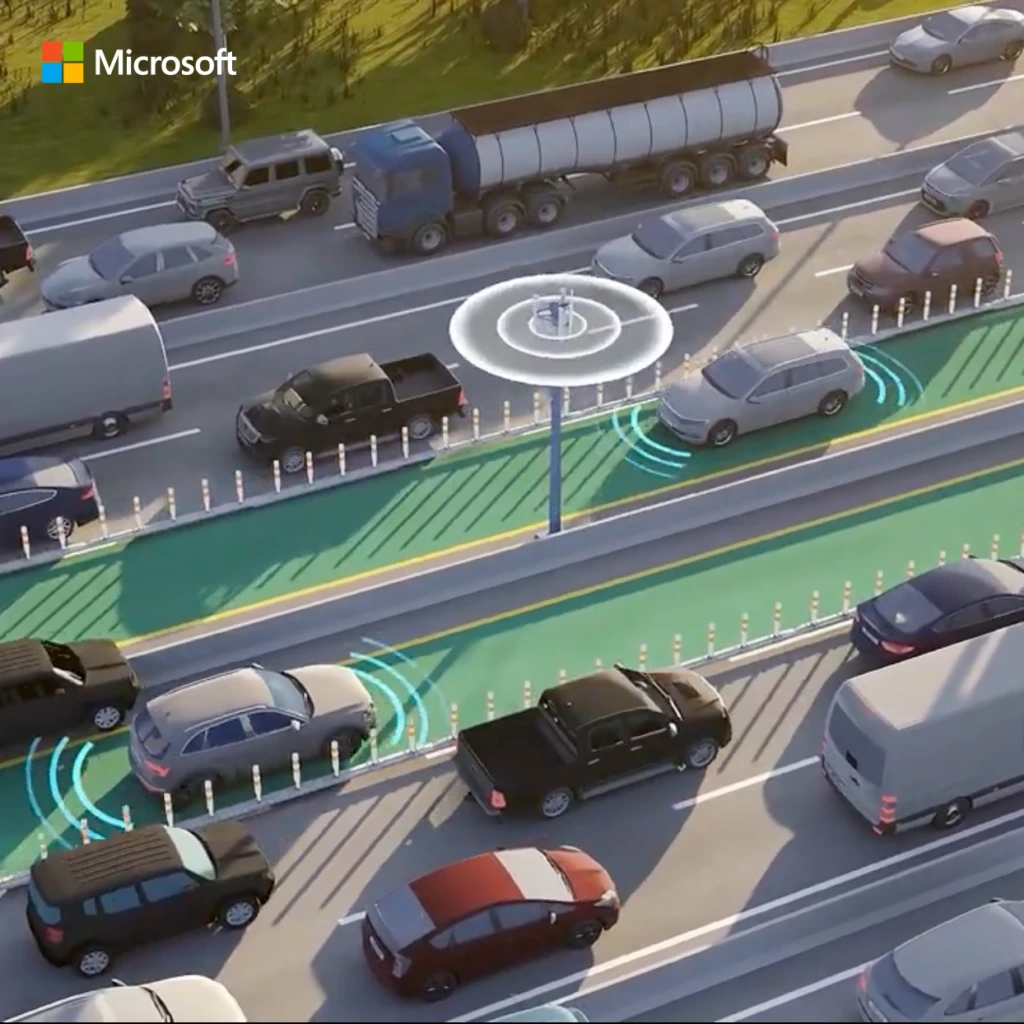
5G powered modern connected apps bring solutions to industry problems
5G’s application shifts the paradigm
The rapid growth in technology is paving the way for businesses to rethink solutions to industry problems that create bottlenecks and inefficiencies. Whether it’s automation in manufacturing to increase workplace safety or AI image-assistance in healthcare to improve diagnoses, what was once considered a pipedream has become reality in business, society, and government, all thanks to the development of 5G that powers mobile connectivity.
Fueled by the rapid expansion of the cloud, 5G helps create a new application paradigm and paves the way for a new breed of network-intelligent applications. These modern connected apps use 5G technology to enable ubiquitous computing, create a more flexible interface, and extend connectivity from the cloud to the edge, even powering new discoveries in space.
With this shift, enterprises everywhere can see data created and processed closer to the problems at hand, unlocking use cases across sectors, industry, and society. Modern connected apps can be powerful enough to support mission-critical, complex scenarios, while also giving enterprises more agility as a result. With the increased agility, modern connected apps can problem solve in a way that adapts to unique environmental conditions and scales across vastly different locales, such as using sensors on oil rigs in remote places to collect real-time data for operators—or using AI-enabled cameras to collect and report near real-time road conditions for drivers.
Mobile infrastructure powered by 5G
The growth and increase in accessibility of 5G technology is driven by two key factors: cost savings and operational efficiency. In manufacturing, for example, cellular is 2-5x more affordable than traditional cable wiring for new factory construction while also better at leveraging real-time analytics.
But perhaps the biggest driver to the rise of 5G is the intertwined ability to use it with modern connected apps to solve previously unsolvable problems through complex use cases requiring greater automation, control, and security. These use cases extend across industries where high reliability and low latency are needed. Examples range from manufacturing—where connected machinery and robots need wireless connections to process tasks or relay information—to the energy industry, where large numbers of connected devices need underground connectivity, and in scenarios like remote inspection or exploration with drones.
But because 5G is still an emerging area, unlocking the value of modern connected apps is like trying to enter a building with no door. No one can accurately predict what all these changes mean—and the argument for enterprise leaders to invest can feel unclear.
Analysys Mason, a management consulting firm, forecasts cumulative six-year enterprise spending on business applications that require 5G totaling $20B USD over the 2022-2027 timeframe, growing at a 75% CAGR.
Modern connected apps in action

We’re opening the door for enterprises to seize the 5G opportunity. We recently shared a great real-world example of a modern connected app in action developed through a partnership between Microsoft and a Spanish multinational company using 5G to build smart highways.
As highways become more digitized to improve safety, Ferrovial has created a smart road solution called AIVIA, where the road’s infrastructure can automatically adjust in real time to changing situations with data gathered from highway cameras and sensors. That data also allowed Ferrovial to create a digital twin of the highway in real time to simulate road conditions, which can be used to train AI models that identify safety hazards such as debris or broken-down vehicles.
For the intelligent video analysis, Microsoft’s Edge Video Services or EVS provides a platform for developing video analytics solutions that is optimized to work with 5G networks. It provides intelligent, real-time video analytics for the Ferrovial use case, including vehicle counting.
The ultra-reliability and intelligence collected by these devices demonstrates how modern connected apps can help organizations achieve results in highly complex, real-world scenarios, which for Ferrovial, addresses safety problems at the roadside. And because Azure is virtually everywhere, it can be deployed and managed through one unified, flexible platform.
Paving the way for modern connected apps powered by 5G
The new app paradigm is here. It will unlock innovation and economic growth with business and societal advances on a new level, helping to create a more prosperous and resilient world. 5G combines edge computing with the promise of the cloud everywhere to enable modern connected apps—giving enterprises the power to create applications like the Ferrovial project today.
Our goal is to offer a platform and ecosystem strong enough to support the vision and vast potential of 5G. The cloud is expanding into a ubiquitous, highly distributed fabric that’s bringing faster computing closer to the problems we are trying to solve. And unlocking new scenarios is only limited by our imaginations.
Learn more about how Microsoft is helping organizations embrace 5G with modern connected apps. Sign up for news and updates delivered to your inbox here.




